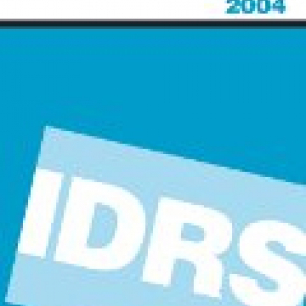The IDRS monitoring project is primarily concerned with four main drug classes:
-
Heroin and other opioids
-
Methamphetamine
-
Cocaine
-
Cannabis
It also monitors diverted pharmaceuticals and other issues related to drug use, for example injection-related problems and overdose, and crime.
The IDRS aims to:
-
monitor the price, purity, availability and patterns of use of heroin, methamphetamine, cocaine and cannabis
-
identify emerging trends in illicit drug markets in Australia that require further investigation
The IDRS involves the collection and analysis of three sources of data:
-
Interviews with regular injecting drug users, who represent a sentinel population likely to be aware of new trends in illicit drug markets (quantitative)
-
Semi-structured interviews with experts who work with drug users such as treatment personnel, law enforcement personnel, and needle and syringe program (NSP) workers
-
Existing databases on drug-related issues such as customs data, overdose data, seizure data, and National Household Surveys of Drug Use
The strength of the IDRS methodology lies in the triangulation of the three datasources in order to minimise the weaknesses inherent in each one and to ensure that only valid emerging trends are documented.
The IDRS has been conducted in New South Wales since 1996, South Australia and Victoria since 1997 and nationally since 2000.


